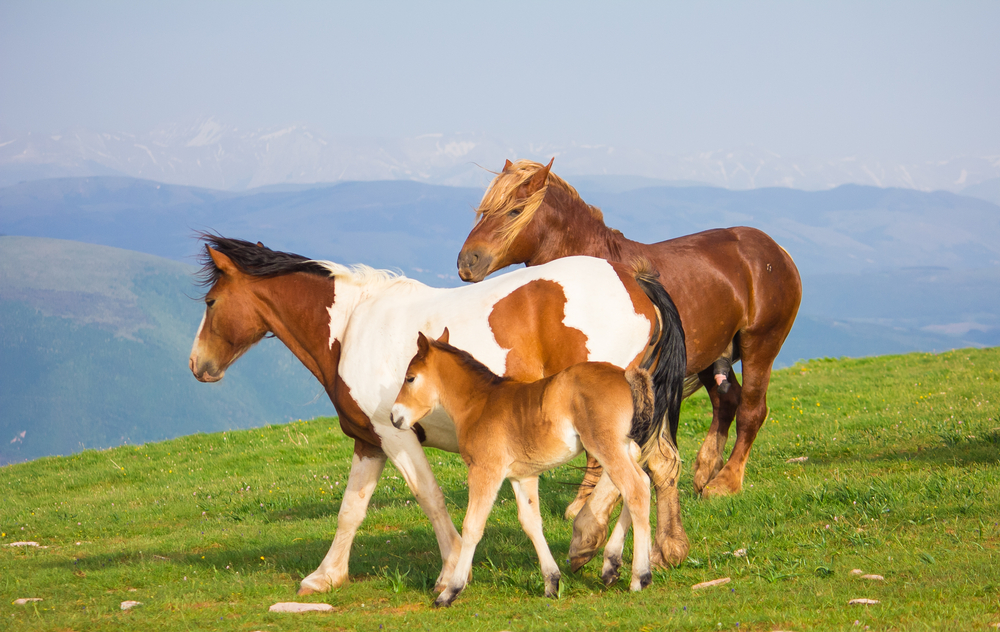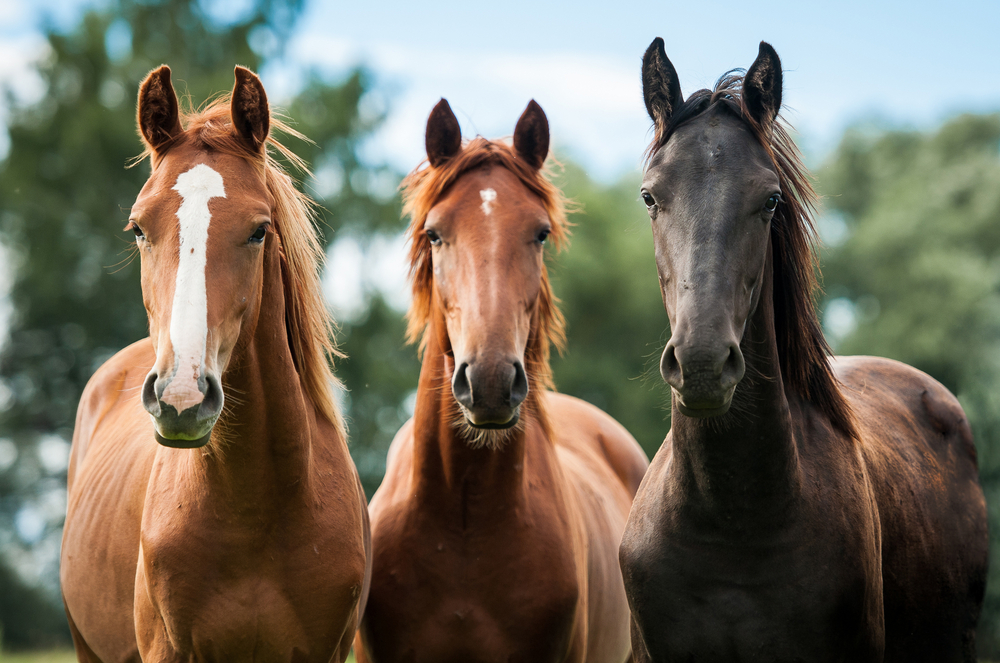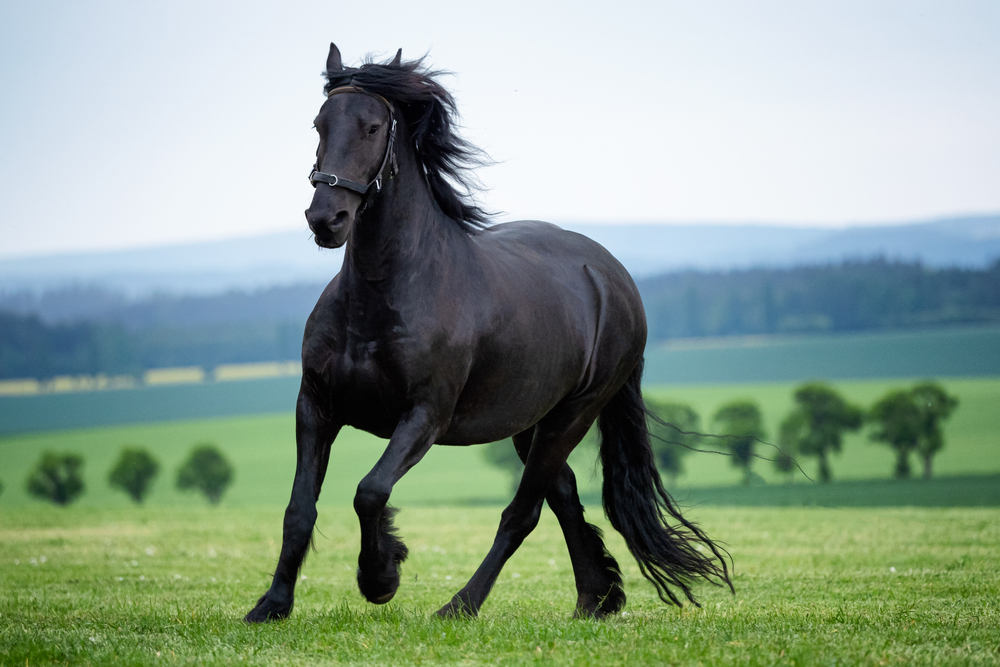For centuries, horses and livestock have relied on alfalfa as a cornerstone of their diets. Known for its dense nutrient profile, palatability, and digestibility, alfalfa has been an agricultural staple. In recent years, one particular form of this time-tested plant has been making waves in the equine and livestock community: dehydrated alfalfa. With increasing awareness
READ MOREAuthor: The Greenway Team
Alfalfa Horse Feed: Best Base for Your Equine’s Diet?
When it comes to crafting the ideal diet for your horse, the choices can feel overwhelming. From various forage types and grains to specialized supplements and feeding schedules, horse owners have plenty of decisions to make. Among the most talked-about components of equine nutrition is alfalfa horse feed. Highly regarded for its rich nutrient profile
READ MOREAlfalfa Pellets: Nutrient Breakdown and Feeding Strategy
When it comes to equine nutrition, providing the right balance of energy, protein, fiber, vitamins, and minerals is essential to maintain the health and vitality of your horse. One of the most trusted supplemental feed options available today is alfalfa pellets. Designed for convenience and efficiency, these forage pellets serve as a concentrated source of
READ MOREAlfalfa vs. Grass Hay: Which Should Your Horse Be Eating?
When it comes to feeding your horse, nutrition is key. While most equestrians understand that forage is a necessary part of a horse’s diet, choosing between alfalfa vs. grass hay can be confusing. Each has distinct nutritional properties that make them suited for different types of horses, activities, and feeding strategies. Alfalfa Hay: Rich and
READ MOREBulk Alfalfa Pellets: Smart Storage and Cost-Saving Tips
For horse owners, trainers, and stable managers, choosing the right feed can mean the difference between an underperforming animal and a thriving, high-performing one. Among the many supplemental feeds available, bulk alfalfa pellets have become a preferred choice due to their convenience, nutritional profile, and cost-efficiency, especially when purchased in large quantities. However, buying in
READ MORE



